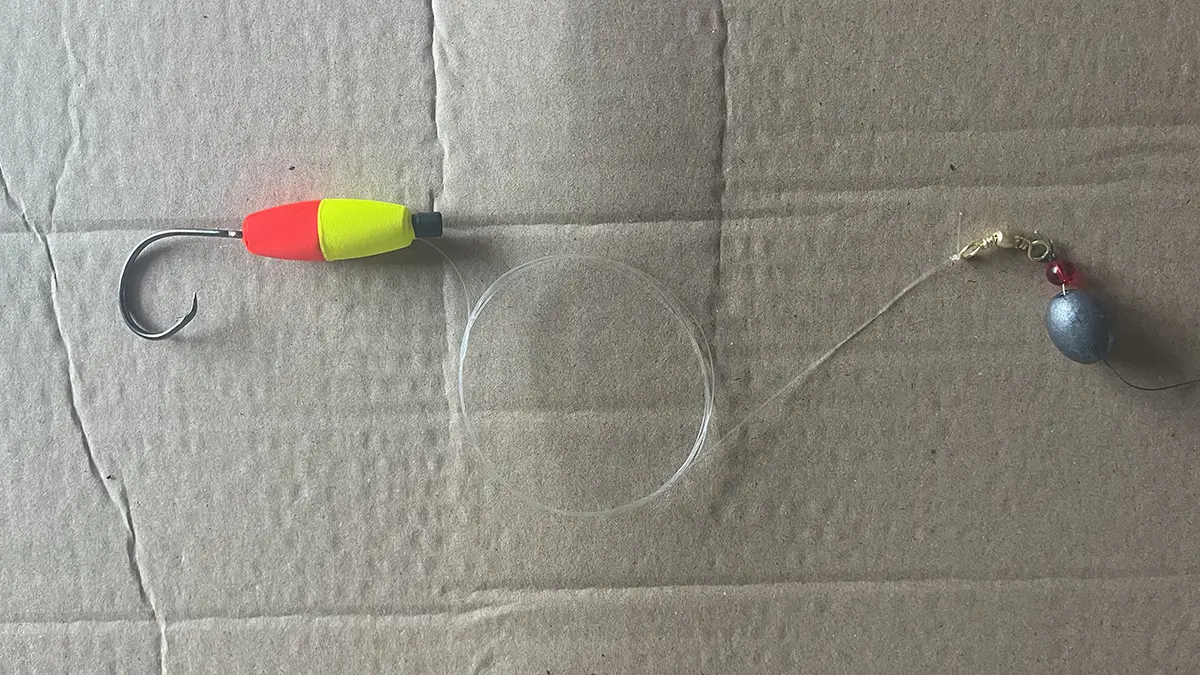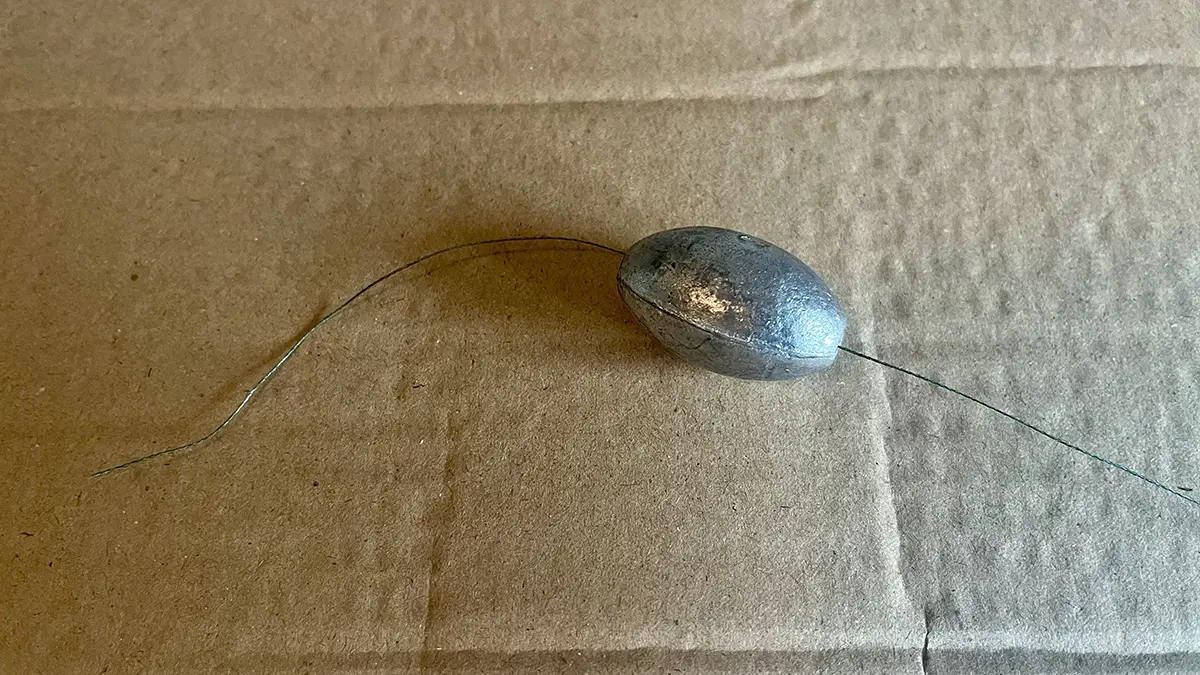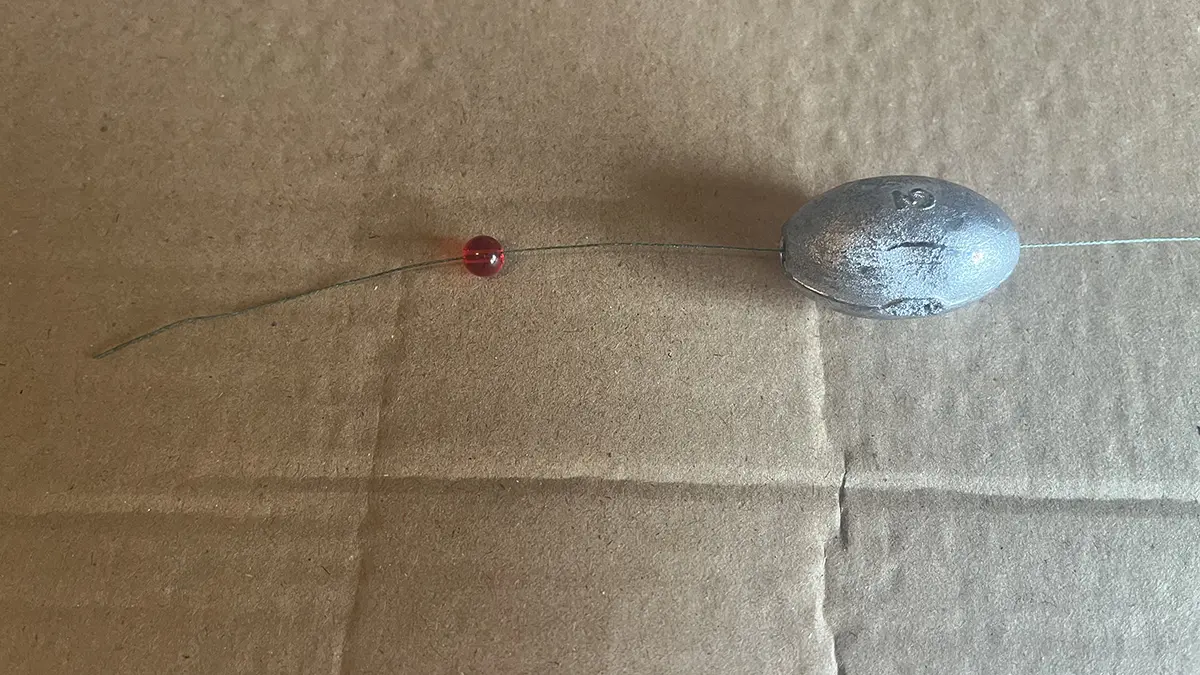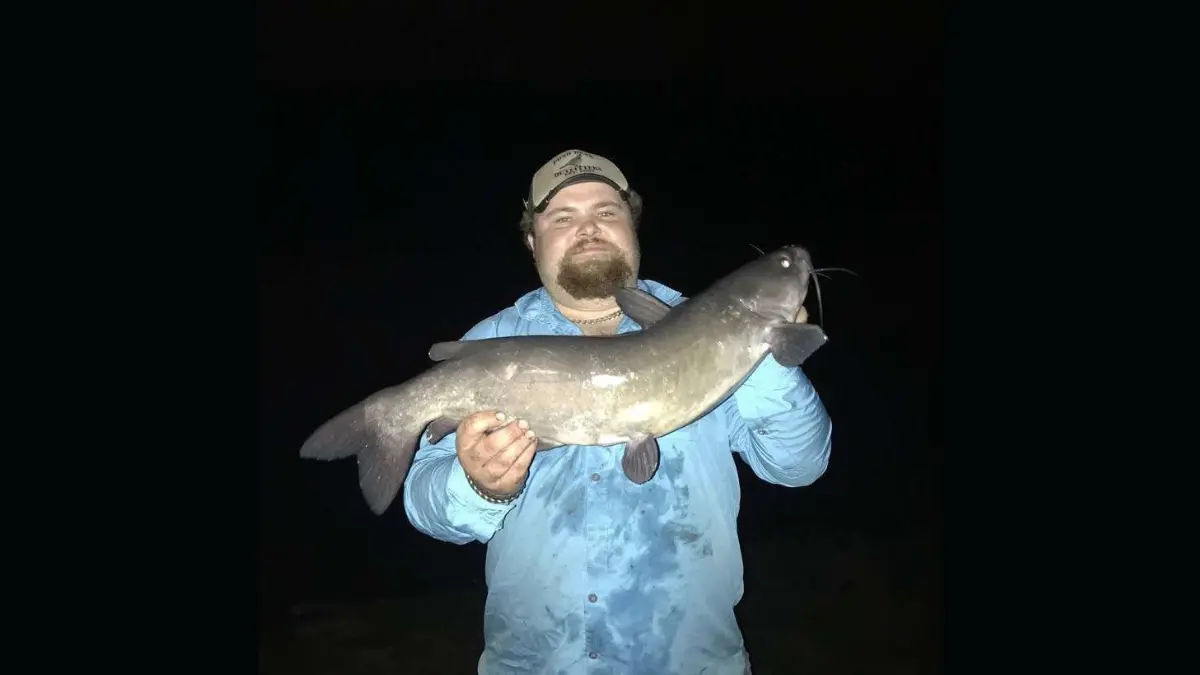A common trait I’ve noticed among the best anglers I know is their love for tinkering with tackle. Whether it’s tweaking a spinnerbait blade for better vibration or meticulously painting jig heads to better imitate gobies, there’s always something to be done in the pursuit of catching more and bigger fish. This article will go step by step in how to tie the santee cooper rig.
In that same vein, this article takes us to South Carolina’s Santee Cooper Lakes. This reservoir system, comprising of the 110,000-acre Lake Marion and 60,000-acre Lake Moultrie, was created by damming the Santee and Cooper Rivers for hydroelectric power in 1942. Like many large reservoirs, the area used to be a natural forest. Once flooded, it created extensive quality fish habitats with dramatic depth changes and a variety of exposed and submerged timber.
As you can imagine, the native catfish species already present in the Santee and Cooper River systems thrived in this expanded habitat. It did not take long before the populations of blue, flathead, and channel catfish began to explode and anglers took notice.
HISTORY OF THE SANTEE COOPER RIG
By the time the early 1980s rolled around, Santee Cooper had been established as a true powerhouse multi-species fishery in the Southeast. Along with world-class catfish opportunities, the reservoir supports ultra-productive bass fishing along with striped bass and crappie opportunities.
Enter Mr. KC Nelms, a local who frequently fished the lake, initially focusing on striped bass with live bait tactics. Before long, the catfish bug took hold and he started to drift the areas below the dam with the standard three-way rigs of the time. Tired of getting hung up and with bigger fish on his mind, KC was forced to head onto the main lakes.
Without the luxury of the trolling motor technology of today, the options were to anchor and fish one area at a time or hope for a consistent wind to keep baits adrift. With a big body of water to break down and little time to do so, KC chose the latter and experienced great success by drifting his trusted three-way rigs.
The last hurdle for KC to climb was effectively fishing his baits through all of the fish-holding timber left over from the dam project. To do so, he switched over to a standard Carolina Rig which cut out the dropper loop of the three-way rig, helping to limit snags. However, as anyone who has dragged a bait through a timber-laden bottom with an exposed hook can attest, snags happen. The Santee Cooper Rig took its final form when KC put a peg float above the hook, allowing his bait to float off the bottom.
KC Nelms likely did not realize at the time that he had made one of the biggest tactical adjustments in the entire history of catfishing. Today, the Santee Cooper rig is standard practice among catfishing tournament anglers and recreational enthusiasts alike and is considered one of the best catfish rigs.
COMPONENTS
While the Santee Cooper Rig may seem complicated at first, it only requires seven easily obtainable components.
HOW TO GET STARTED
- Mainline: A high-quality braided line, like PowerPro, is essential for durability around rugged cover.
- Leader: A long piece of high-quality fluorocarbon provides abrasion resistance and stealth.
- Swivel: A standard barrel swivel connects the leader to the mainline.
- Weight: Use an egg sinker or line-through bank sinker to maintain solid bottom contact.
- Bead: A plastic or metal bead protects the knot securing the barrel swivel to the mainline.
- Float: A buoyant peg-through float keeps the bait off the bottom.
- Hook: Choose between a circle hook or octopus style, depending on your preference.
SUGGESTED COMPONENTS
- Mainline: 25#-50# PowerPro
- Leader: 20#-40# P-Line 100% Fluorocarbon
- Swivel: Eagle Claw Barrel Swivel
- Weight: Bass Pro Shops Egg Sinkers
- Bead: Bass Pro Shops Round Glass Beads
- Float: Bass Pro Shops Foam Peg Floats
- Hook: Gamakatsu Octopus Circle Hook
HOW TO TIE A SANTEE COOPER RIG
STEP 1: String weight on mainline.
STEP 2: Add bead.
STEP 3: Tie on barrel swivel.
STEP 4: Tie on the leader and attach a peg-style float.
STEP 5: Tie on the hook of choice.
ROD AND REEL SETUP
When fishing the Santee Cooper Rig, I look for a rod and reel combo that balances the power needed to fight large catfish with the sensitivity to detect strikes when the bite is tough. My long-standing favorite combination happens to be the Abu Garcia Ambassadeur S Combo. The rod has a fast action but maintains enough backbone down the blank to wrestle fish out of heavy cover. To pair with the rod, the combo comes standard with a classically styled round reel equipped with a star drag, my preference when making crucial drag adjustments on the fly. Additionally, the reel can handle over one hundred yards of 50-pound braid, allowing me to fish deep holes without fear of a big cat taking off.
BAITS
In the majority of scenarios, anglers are going to use the Santee Cooper Rig to target large catfish throughout Southern reservoirs, impoundments, and river systems. Therefore, the bait of choice is going to be a chunk or whole specimen of the natural forage found in the area. Basic examples of this are gizzard shad or herring.
However, if you are a Northern angler or in a part of the country where giants are not as common, virtually any catfish bait can be used. Nightcrawlers, chicken liver sacks, commercially prepared stink baits, or even nose-hooked live baits are all effective.
HOW TO FISH THE SANTEE COOPER RIG
As previously discussed, the Santee Cooper Rig was designed to be drifted in an effort to cover water and quickly find active fish. To do so, make a long cast into a likely fish-holding area. Once the bait has settled on the bottom, close the bail and begin the drift. Always be on the lookout for strikes. Sometimes, bites are not going to take the form of violent rod takedowns; catfish can pick up the bait and swim toward the boat resulting in an unexpected slack line. This is your cue to catch up with the fish and set the hook!
SHORE-BOUND SCORE
Long before I heard of KC Nelms or the Santee Cooper Lakes, I was a fishing-obsessed youngster in the catfish-poor area of Western Massachusetts. With only one fishery supporting a meager channel catfish population, I spent many summer nights honing my skills.
I developed a successful bottom fishing system on shallow flats near deep holes, fishing from early evening until about 10 PM. A crucial part of my system was using the freshest cut suckers available. However, the algae and rotting leaves on the river bottom would cover my baits within minutes. To solve this, I started using trout-sized floats just below the bait to keep it off the bottom and fresher.
This experience taught me that the Santee Cooper Rig is not just for boat anglers on the drift—any catfish angler can benefit from keeping their bait free from debris and snags!


















